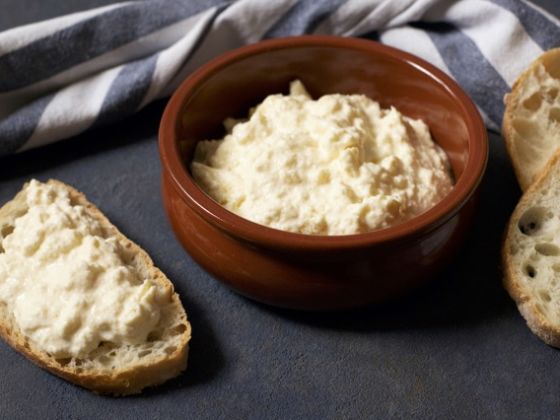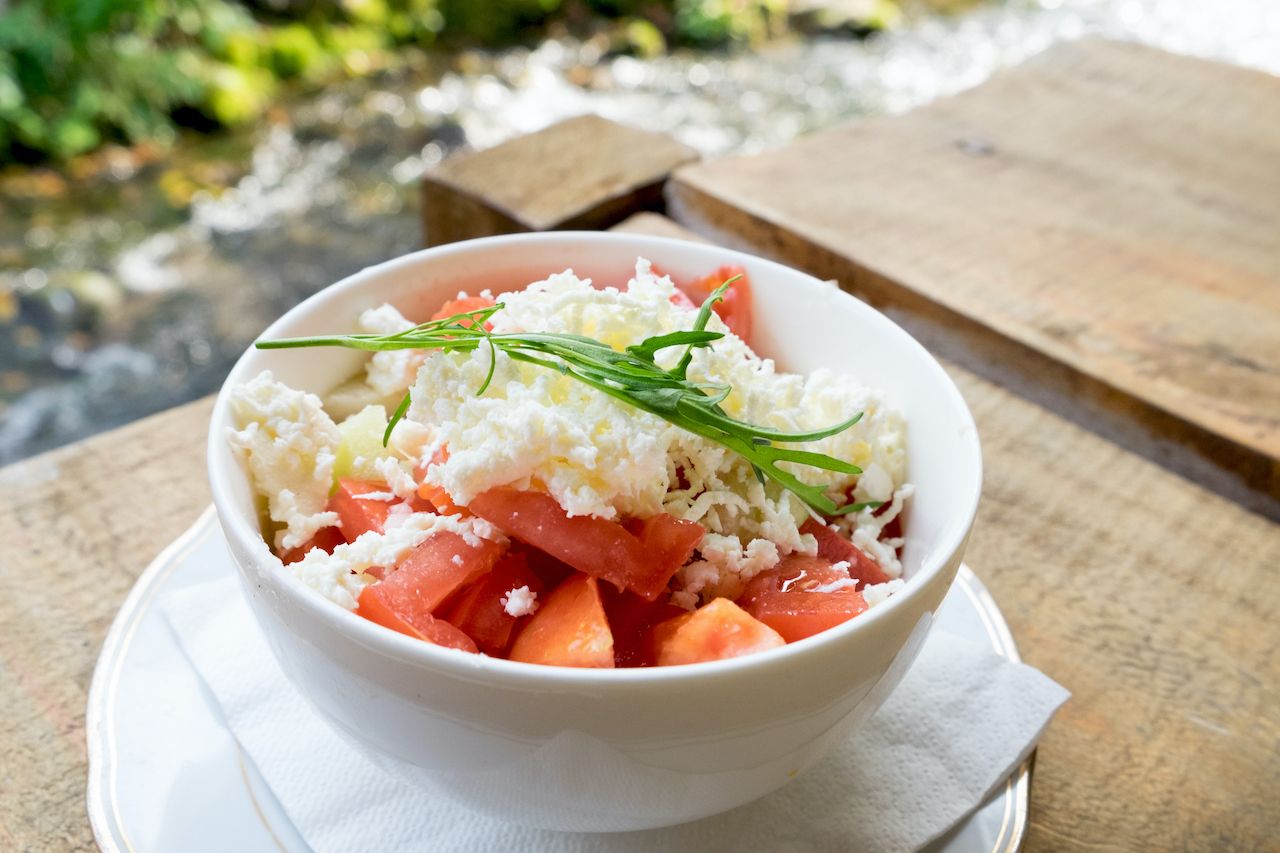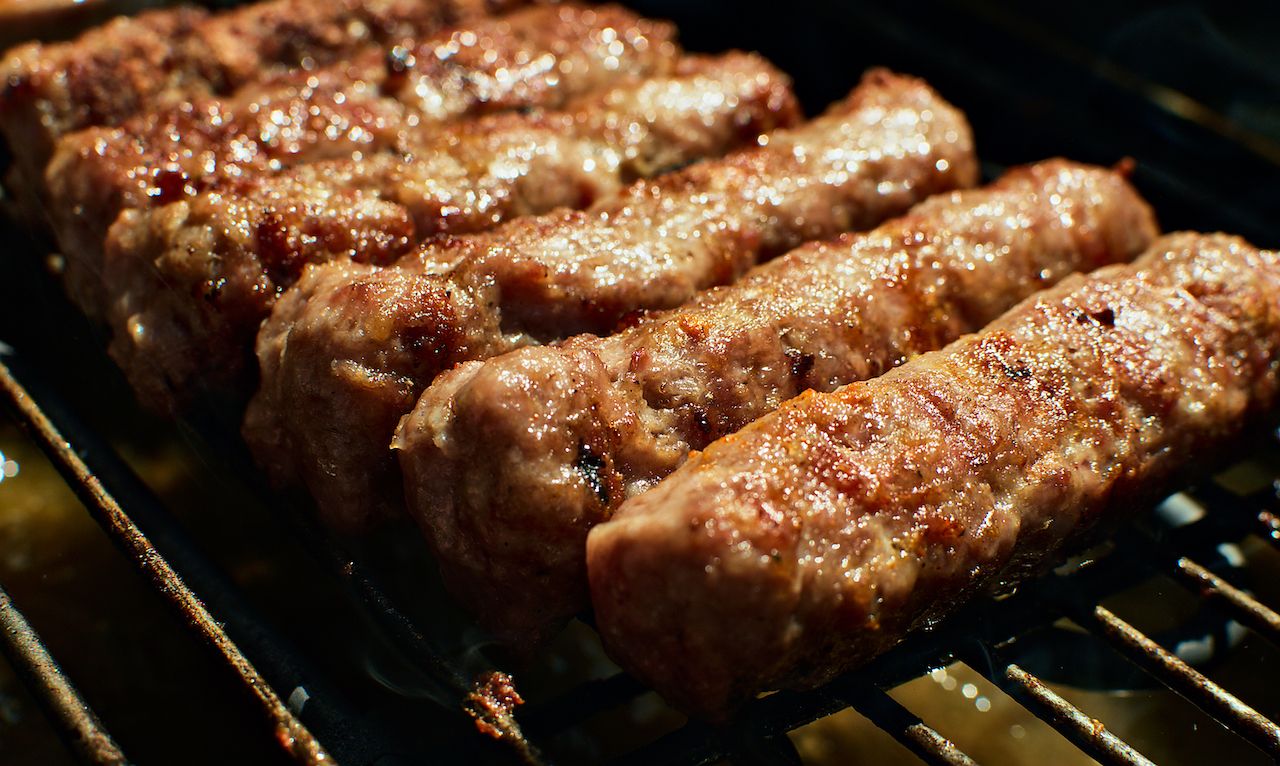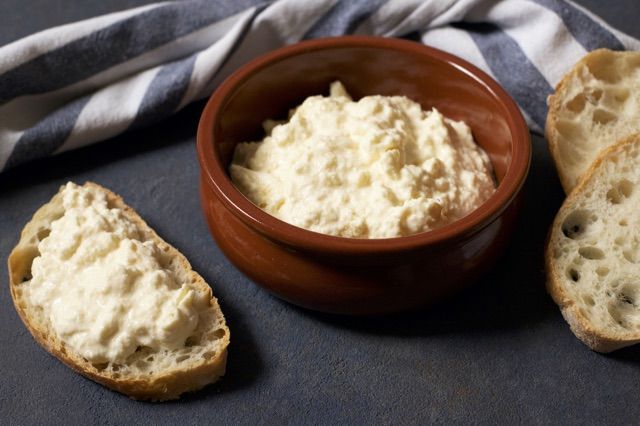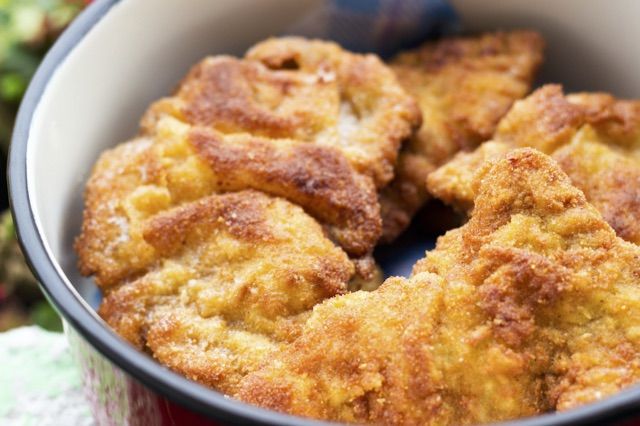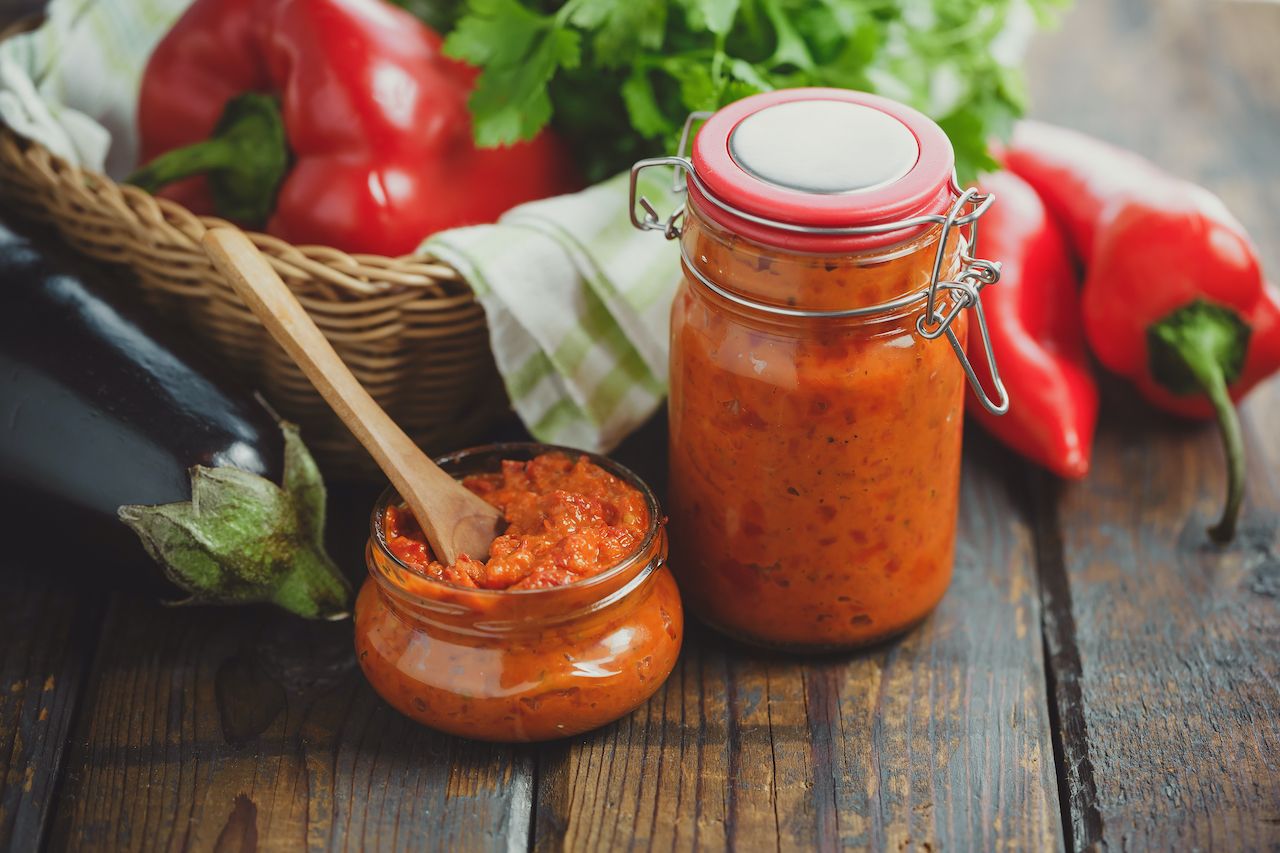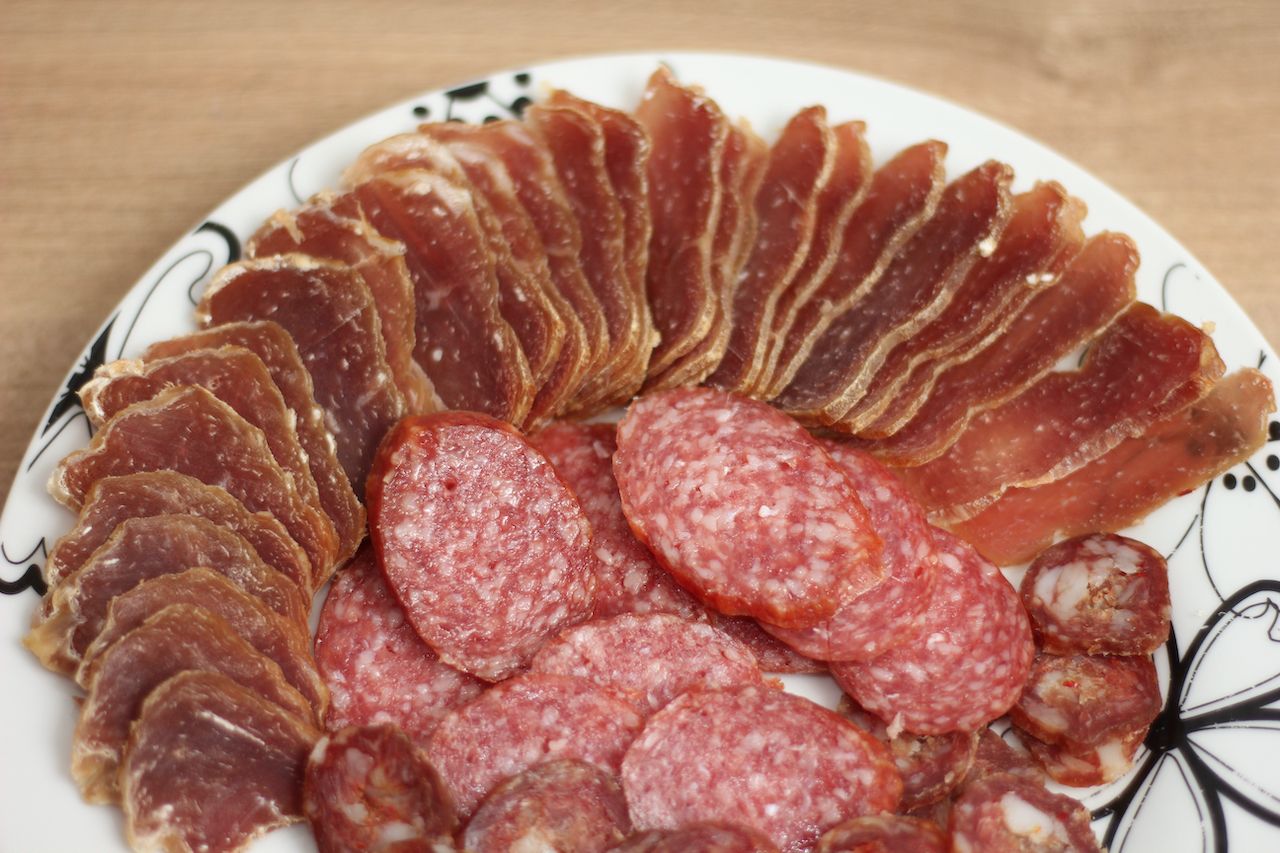While food tourism in Europe has long thrived in places like France and Italy, Serbian cuisine has remained under the radar for many tourists. The truth, however, is that this Balkan country is one of the best places to visit for anyone who enjoys good food.
In Serbia, most of the cooking is done at home, and recipes are passed from one generation to the next. Locals are strict when it comes to the quality of the products they feed their families. Serbia is still largely an agricultural country where locals grow their own fruit and vegetables and produce dairy, meat, and honey. Instead of shopping at a chain grocery store, often they’ll visit the local butcher to hand-pick the meat for kobasice. While visiting, a trip to the farmers market in Pirot to see vendors showing off homemade goods is essential.
